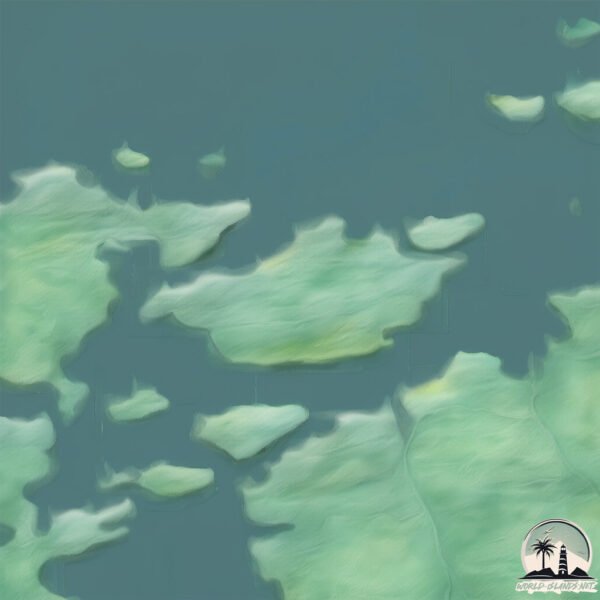Welcome to Asoya , a Temperate island in the Norwegian Sea, part of the majestic Arctic Ocean. This guide offers a comprehensive overview of what makes Asoya unique – from its geography and climate to its population, infrastructure, and beyond. Dive into the details:
Geography and size of Asoya
Size: 1.442 km²Coastline: 5.4 kmOcean: Arctic OceanSea: Norwegian SeaContinent: Europe
Asoya is a Small Island spanning 1.4 km² with a coastline of 5.4 km.
Archipel: –
Tectonic Plate: Eurasia – One of the world’s largest tectonic plates, the Eurasian Plate covers a significant portion of Europe and Asia. It’s characterized by diverse geological features, including the Ural Mountains, the European Plain, and the Himalayas formed from its collision with the Indian Plate.
The geographic heart of the island is pinpointed at these coordinates:
Climate and weather of Asoya
Climate Zone: TemperateClimate Details: Temperate Oceanic ClimateTemperature: Warm Summer
Climate Characteristics: Known for its moderate year-round temperatures with ample rainfall and no dry season. Warm summers are characteristic.
Topography and nature of Asoya
Timezone: UTC+01:00Timezone places: Europe/ParisMax. Elevation: 107 m Mean Elevation: 91 mVegetation: Open WoodlandTree Coverage: 65%
The mean elevation is 91 m. The highest elevation on the island reaches approximately 107 meters above sea level. The island is characterized by Plains: Flat, low-lying lands characterized by a maximum elevation of up to 200 meters. On islands, plains are typically coastal lowlands or central flat areas.
Dominating Vegetation: Open Woodland
Vegetation: 5 vegetation zones – Highly Diverse Island
Infrastructure and Travelling to Asoya
Does the island have a public airport? no .
Does the island have a major port? no .
The mean population of Asoya is 2 per km². Asoya is Gently Populated. The island belongs to Norway .
Continuing your journey, Storfosna is the next notable island, situated merely km away.
Travel Vlogging Buying Soya Pelangi Food Street Penang Island Malaysia #shorts #youtubeshort #vlog
Travel Vlogging Buying Soya Pelangi Food Street Penang Island Malaysia | Travel Vlog Malaysia Kuala Lumpur don't forget ...
Travel Vlogging Buying Soya Pelangi Food Street Penang Island Malaysia #shorts #youtubeshort #vlog
Travel Vlogging Buying Soya Pelangi Food Street Penang Island Malaysia ...
Travel Vlogging Buying Soya Pelangi Food Street Penang Island Malaysia | Travel Vlog Malaysia Kuala Lumpur don't forget ...
Traveling around Deokjeok and Soya Islands of the West Sea of Korea
This video shows the Traveling around Deokjeok and Soya Islands of the ...
This video shows the Traveling around Deokjeok and Soya Islands of the West Sea of Korea. It includes 12 beautiful spots on the ...
宗谷岬 - Cape Soya - Northernmost point in Japan
Cape Soya, also known as Soya Misaki, is a picturesque headland ...
Cape Soya, also known as Soya Misaki, is a picturesque headland located at the northernmost tip of Japan's Hokkaido Island.
Norway is classified as Developed region: nonG7: Developed economies outside of the Group of Seven, characterized by high income and advanced economic structures. The level of income is High income: OECD.
News – Latest Updates and Headlines from Asoya
Stay informed with the most recent news and important headlines from Asoya. Here’s a roundup of the latest developments.
Loading...
Please note: The data used here has been primarily extracted from satellite readings. Deviations from exact values may occur, particularly regarding the height of elevations and population density. Land area and coastline measurements refer to average values at mean high tide.

